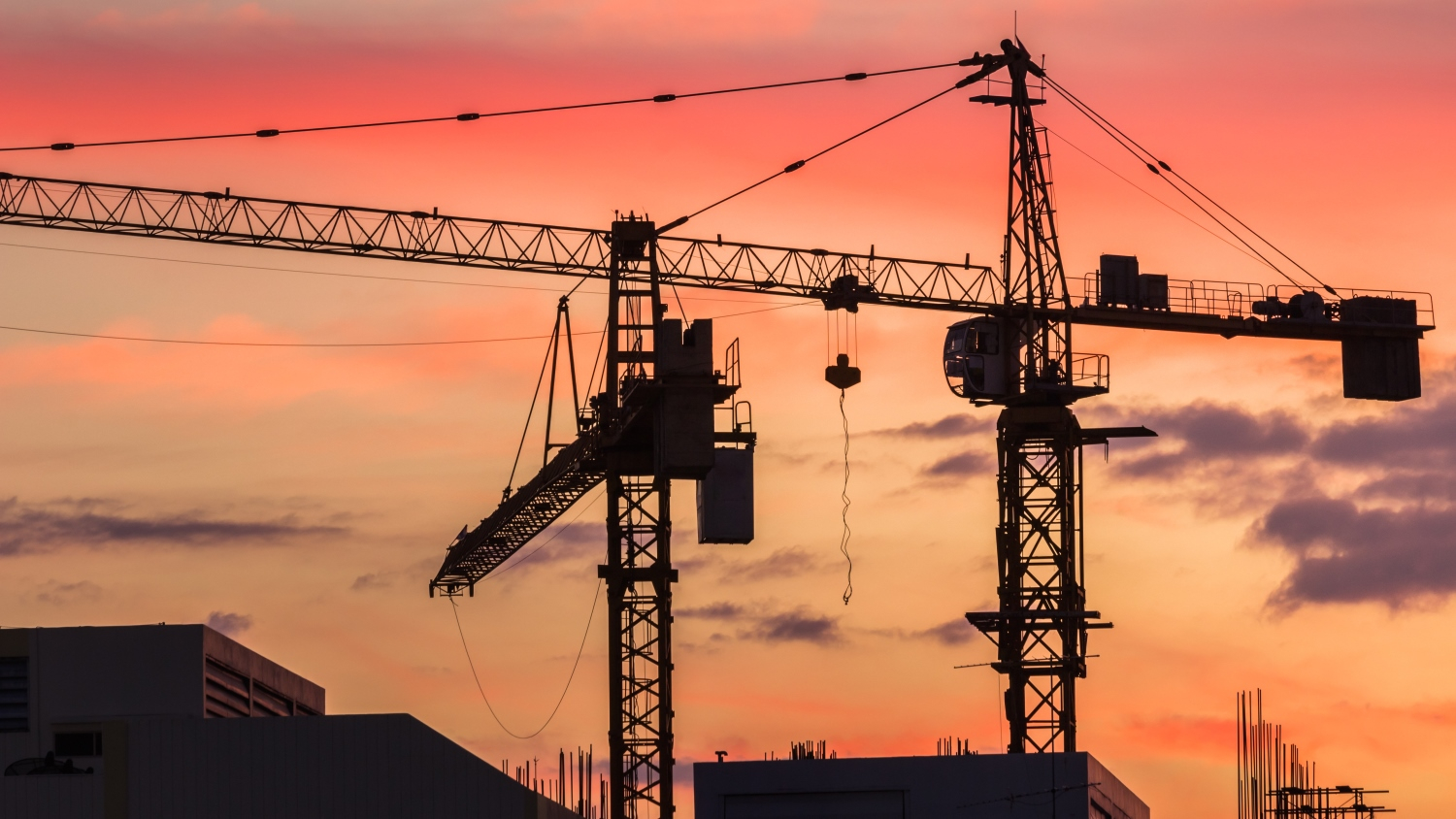
According to the new forecast presented by WIFO, the Austrian partner of the Euroconstruct network, construction in the Euroconstruct area is set to register a 3.8% growth this year. Yet, Hungary still awaits negative growth rates this year, although the drop in 2021 is foreseen to be lower than last year.
Expectations for European construction
The recovery of the European construction industry is more rapid than initially anticipated with much of the losses from the pandemic expected to be recovered in 2021. According to the latest estimates, construction volume in the Euroconstruct area is to grow by 3.8% in 2021, following a slump of 5.1% in 2020. Compared to the previous forecasts, the decline in 2020 was less than expected, and the pre-crisis level will thus be reached again by 2022 at the latest.
Against the backdrop of significantly more favourable economic conditions in the 19 countries of the network, construction is also benefiting from an overall rapid economic recovery. Unlike in the past years, however, construction will likely show lower growth dynamics than the overall economy from 2022 onwards: while the growth rates of construction in 2022 and 2023 are predicted to be 3% and 2.1%, the economies of the 19 countries of Euroconstruct are set to expand by 4.4% and 2%, respectively.
Country variations
Apart from Denmark, Finland, Portugal and Sweden, 2020 brought drastic declines in total construction output in Euroconstruct countries. France, Ireland, Spain, the United Kingdom, Hungary and Slovakia recorded high single-digit or even double-digit declines. Construction in Nordic countries was more resilient to the pandemic with positive growth rates in several countries. This contrasts with a negative growth trend in Central-Eastern European countries where Czechia and Poland came off somewhat more lightly. The picture in Continental and Southern Europe is very heterogeneous. While construction output plummeted in France, growth in Germany was only just below zero, as it was in Switzerland. Moderate losses were recorded in Austria and Belgium. Portugal was also able to decouple itself from the negative dynamics in neighbouring Spain. In the Anglo-Saxon countries, there was a very significant slump overall in 2020.
Nevertheless, the (almost) unanimous negative growth rates of the construction industry in Euroconstruct countries in 2020 should not hide the fact that the recovery paths are very different. It is by no means the case that stronger losses last year will automatically be compensated for this year. This becomes particularly clear in the case of Ireland, Hungary, Slovakia, Spain and France which suffered very high declines in total construction output in 2020 and will only be able to compensate for part of them in 2021. Ireland and Hungary even predict further declines this year. The situation is reversed in Portugal and in Northern European countries (Denmark, Finland, Sweden, Norway) where after very robust results last year, there should be further increases this year.
Sectoral analysis
Civil engineering, which has already shown massive above-average growth momentum in recent years, has the most promising growth prospects in the years until 2023. Non-residential construction, which was the strongest hit by the crisis, should exhibit a relatively weak recovery path in the coming years. Residential construction, on the other hand, will likely continue to deliver stable growth rates, but growth dynamics should drop noticeably after 2021.
Hungary
Total construction output in Hungary registered a 7.1% shrinkage last year and Buildecon predicts a negative growth rate for this year too (-1.3%). However, 2022 might see an increase of 7.9%, while 2023 might register a 7.6% growth.
In the last three years, Hungary has seen the biggest rise in construction price among all countries covered by Euroconstruct. Between the beginning of 2017 and the end of 2020, growth in construction price was 36% in total in Hungary, while in the EUROCONSTUCT area as a whole the same figure was only 10% and in the V4 region (Czechia, Hungary, Slovakia, Poland) it was only 12%. Buildecon currently expects an above-average construction price increase among Euroconstruct and V4 countries in the period of 2021-2023 as well.



